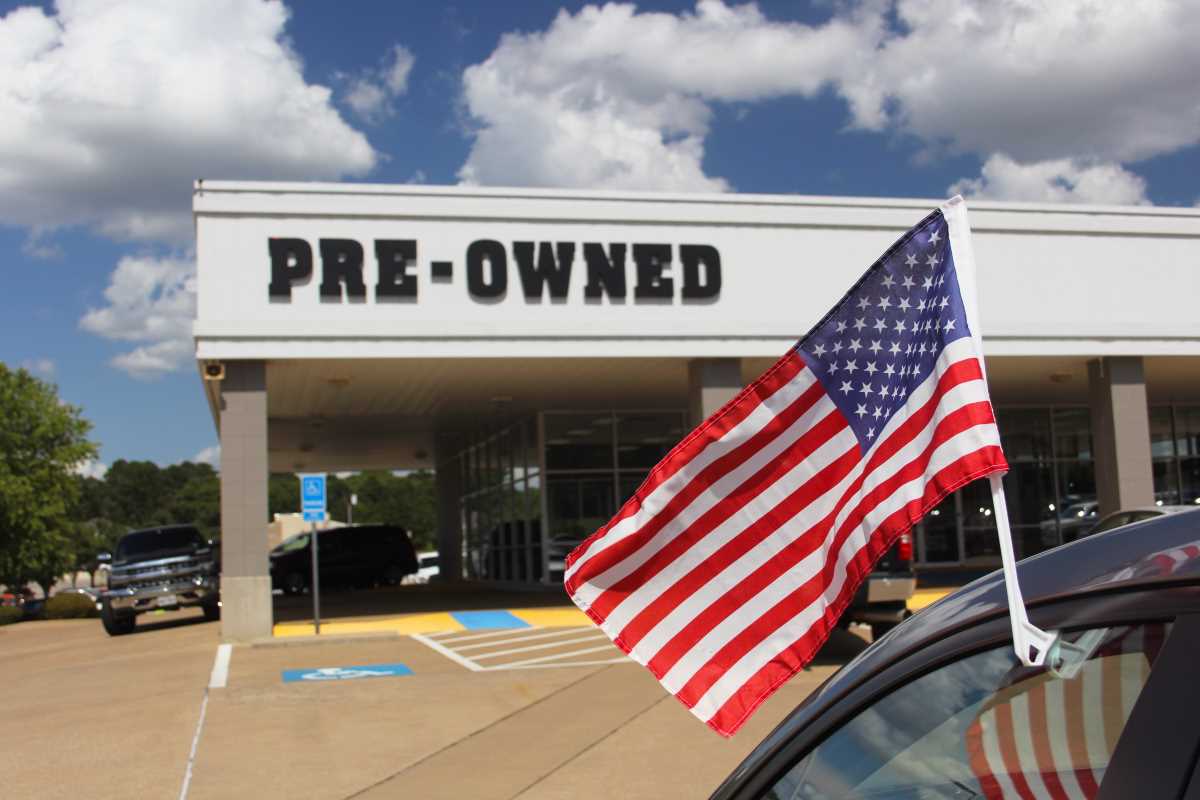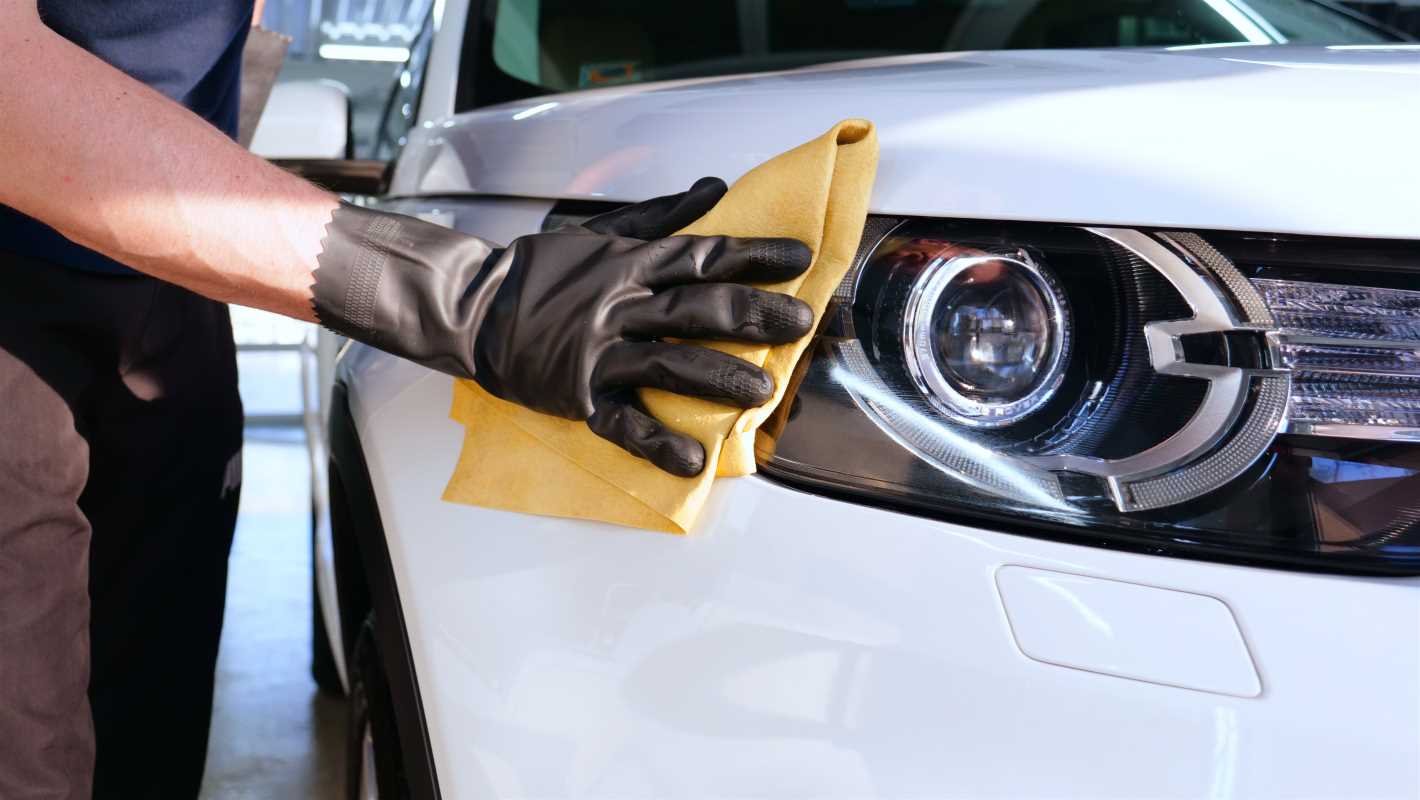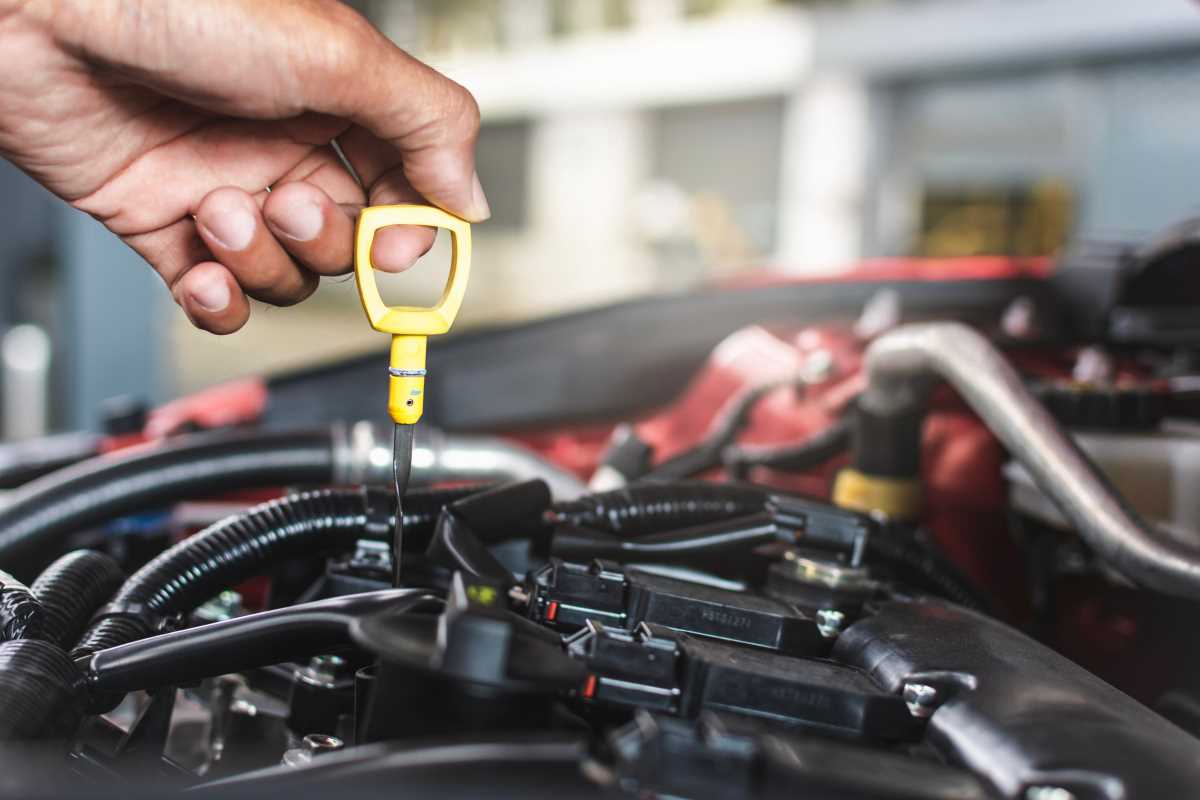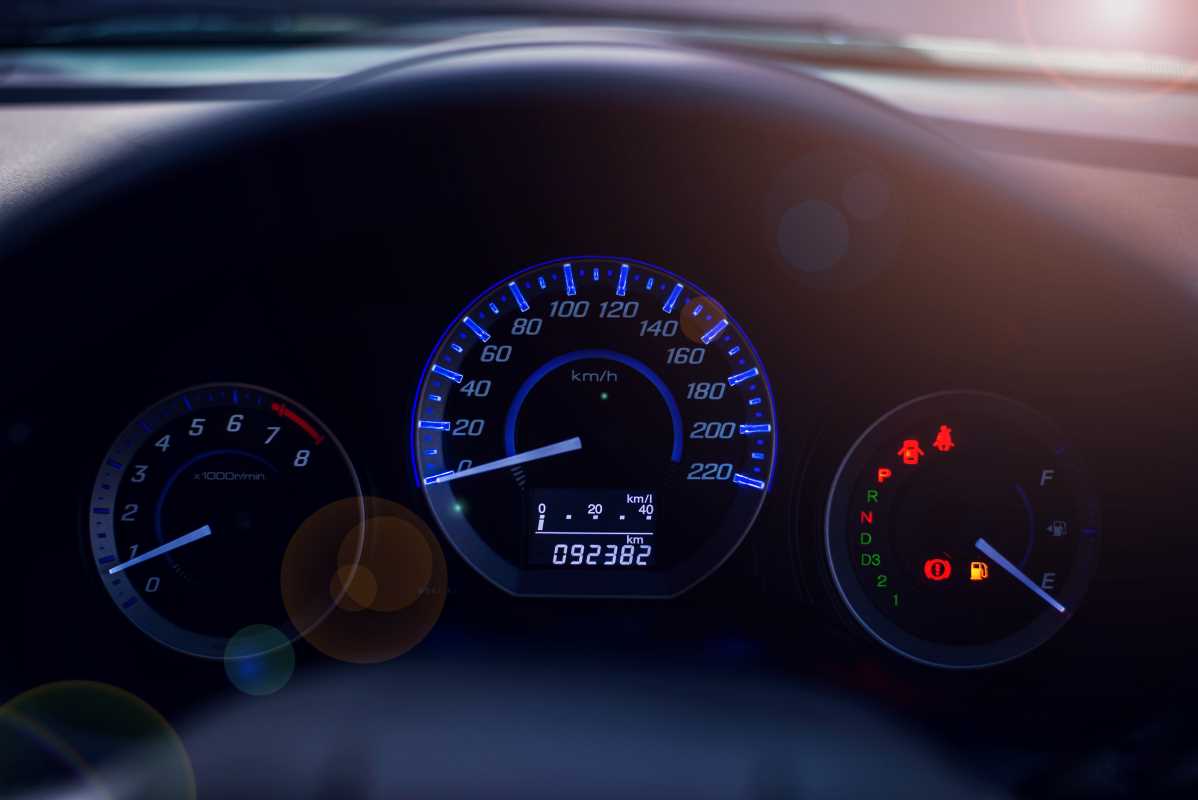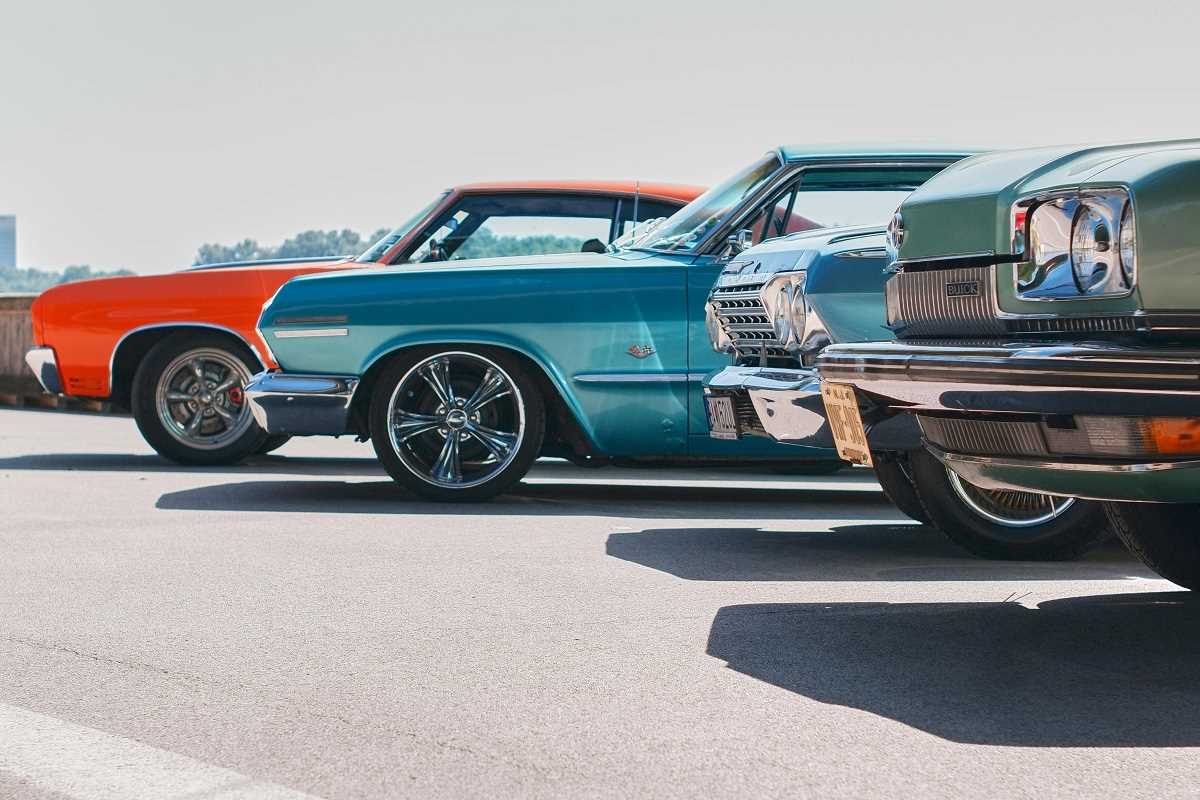Shopping for a used car can feel like stepping into a maze. With sticker prices, negotiations, and trade-ins, it often feels like dealers hold all the cards when it comes to pricing. But here’s a little secret—not everything is as straightforward as it seems. The price you see doesn’t always reflect the car’s true worth, and dealerships have their own strategies to maximize profits. Understanding these tricks can help you stay one step ahead and make smarter decisions. From hidden fees to how inventory impacts pricing, here’s everything dealers don’t want you to know about how used car prices are set.
The Myth of “Special Discounts”
Walking onto a dealership lot and immediately being told about a “limited-time offer” or “special discount” can make you feel like you’re getting a great deal. But here’s the catch: those discounts often aren’t what they seem. Dealers sometimes mark up the original price of a car just so they can slash it for a so-called discount. The goal is to create the illusion of savings when, in reality, you may just be paying the car’s fair market value.
Always do your research before believing that a discount is truly a bargain. Use tools like Kelley Blue Book or Edmunds to get an accurate picture of what the car is worth based on its make, model, age, and mileage. If the “special offer” price is close to the market value, it’s not a deal. Stay skeptical and don’t fall for the flash of big red discount signs.
Markups on Popular Models
When it comes to high-demand vehicles, dealerships know they have the upper hand. Cars with a reputation for reliability or certain features that are especially trendy might come with inflated prices simply because they’re in demand. Dealers know that buyers are often willing to pay a premium for models like the Toyota Tacoma or Honda Civic because of their resale value and strong reliability track record, and they’re not shy about passing that markup on to you.
However, just because a car is popular doesn’t mean you should overpay for it. Be prepared to negotiate, but also consider looking for similar vehicles that don’t have the same hype. Sometimes, stepping just outside the trend can get you a better price for a car that offers the same features and performance.
Why Trade-Ins Don’t Always Work in Your Favor
Trading in your old car may seem like a convenient way to offset the cost of a new one, but be cautious. Dealerships are pros at undervaluing your trade-in to pad their own profits. They often assess trade-ins for less than their market value and then turn around and sell them at a higher price, pocketing the difference. While you might believe you’re saving money with a trade-in, that savings can disappear if you’re not careful.
To avoid being lowballed, do your homework before stepping onto the lot. Find out what your car is worth using online valuation tools and go into negotiations with a firm idea of what’s fair. If the dealer’s offer is much lower than what your research shows, don’t be afraid to sell it privately instead. A little extra effort could save you hundreds, if not thousands, of dollars.
The Role of Hidden Fees
Sticker shock doesn’t just apply to car prices. Once you’ve agreed on a price, you might notice additional fees popping up on your final paperwork. This can include things like documentation fees, dealer prep fees, and other vague charges designed to pad the dealership’s bottom line. While some fees, such as registration costs, are legitimate, others may be negotiable or entirely avoidable.
Take the time to comb through the breakdown of fees before signing anything. Ask questions about anything that seems unnecessary or inflated. Dealers may try to brush it off as a “standard fee,” but don’t be afraid to push back. The more aware you are of these hidden costs, the better you can protect yourself from overpaying.
Inventory and Timing Change Everything
Dealerships don’t just price their cars at random. Behind the scenes, inventory levels and timing greatly influence how much cars are listed for. For example, when a dealership lot is overflowing with cars, they’re more likely to offer discounts to move inventory quickly. On the flip side, if they’re low on cars, prices may be higher due to the limited supply.
Seasonal factors also come into play. Used cars tend to be cheaper in late winter when demand slows down, while prices may rise in the spring and summer when more buyers are hitting the market. Knowing these patterns can help you time your purchase strategically and get more leverage when negotiating.
Add-Ons Are Where Dealers Make More Money
You’ve probably heard the phrase “Would you like fries with that?” Well, dealerships basically do the same thing with used cars. Once you’ve settled on a price, they’ll likely try to upsell you on extras like extended warranties, paint protection packages, GAP insurance, and more. While some of these add-ons can be helpful, others are unnecessary or overpriced.
It’s always worth evaluating each add-on separately to see if it’s a good deal. For instance, you might find a better warranty deal from an independent provider than what the dealership offers. Don’t feel pressured into buying add-ons at the moment. Take your time and decide what truly adds value for you.
Don’t Rely on Dealer Financing Without Comparing Options
Financing a car through the dealership can be convenient, but it’s not always the best deal. Dealerships often partner with lenders and earn a commission for every loan they arrange. This means they might push financing options that benefit them more than they benefit you. They may advertise low interest rates, but you could still end up paying more over the life of the loan due to other charges.
Before agreeing to dealer financing, shop around. Compare rates from banks, credit unions, and online lenders to see what works best for your budget. Having your financing lined up beforehand gives you a stronger negotiating position and ensures you’re not overpaying for convenience.
Mileage Maters More Than You Think
Mileage plays a big role in setting used car prices, but some dealers use it to their advantage in ways buyers might not notice. Cars with mileage just under a major threshold, like 50,000 or 100,000 miles, are often priced higher because they seem more desirable. On the flip side, cars with mileage just over those numbers can be significantly cheaper, even if the difference in wear and tear is minor.
Keep this in mind when shopping. A car with 102,000 miles might offer just as much value as one with 98,000 miles but cost noticeably less. Being flexible about mileage can help you find a better deal and avoid falling for strategic pricing games.

